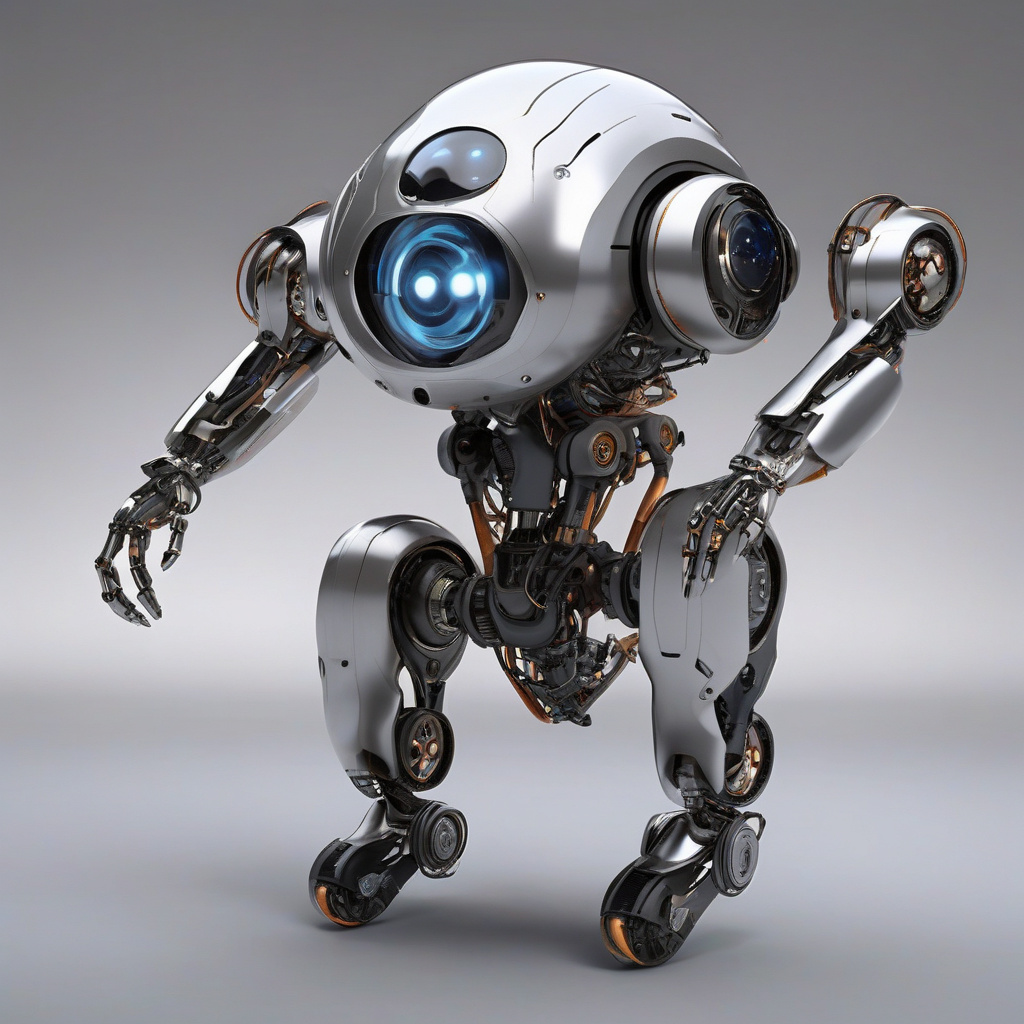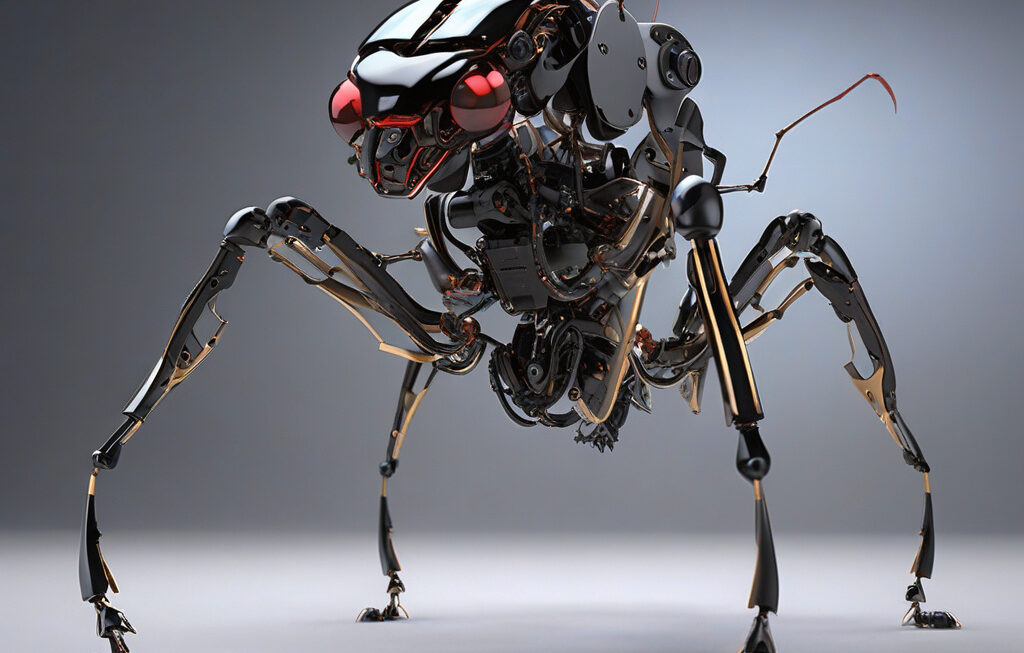World’s Smallest Morphing Robot Takes on Land, Air for Future Rescue Missions
Researchers have unveiled the world’s smallest and lightest wireless shape-shifting robot, capable of moving across land and air to revolutionize future rescue missions. This groundbreaking innovation marks a significant advancement in robotics technology, offering unprecedented versatility and agility in navigating challenging terrains and environments.
The miniature robot, developed by a team of engineers and scientists, showcases remarkable morphing capabilities that enable it to adapt its shape for different modes of transportation. From rolling on the ground to flying through the air, this tiny yet powerful robot represents a major leap forward in the field of robotics and automation.
One of the key features of this innovative robot is its wireless connectivity, allowing for seamless control and communication in real-time. This capability not only enhances its maneuverability and responsiveness but also enables coordinated efforts in collaborative rescue missions where multiple robots can work together efficiently.
In addition to its impressive mobility, the robot is equipped with advanced sensors and cameras that provide valuable data and insights in search and rescue operations. By collecting and analyzing information from its surroundings, the robot can identify and navigate obstacles, locate targets, and assess the conditions of the environment with precision and accuracy.
The applications of this groundbreaking technology are vast and far-reaching, with potential uses in disaster response, surveillance, exploration, and beyond. In disaster scenarios such as earthquakes, floods, or wildfires, these morphing robots can be deployed to access hard-to-reach areas, deliver supplies, and search for survivors, thereby enhancing the effectiveness and efficiency of rescue efforts.
Furthermore, in military and security operations, these versatile robots can gather intelligence, monitor hostile environments, and support tactical missions with their agile and adaptable nature. Their ability to morph and transform according to the task at hand makes them invaluable assets in dynamic and unpredictable situations.
As technology continues to advance at a rapid pace, the development of miniaturized robots with morphing capabilities represents a significant trend in the evolution of robotics. By combining compact size, lightweight design, wireless connectivity, and shape-shifting functionality, these robots are at the forefront of innovation and are poised to redefine the future of rescue missions and beyond.
In conclusion, the world’s smallest morphing robot represents a remarkable fusion of cutting-edge technology and practical utility, offering endless possibilities for enhancing disaster response, security operations, and exploration missions. With its ability to navigate land and air with ease, adapt to different environments, and communicate wirelessly, this tiny yet mighty robot is paving the way for a new era of robotics innovation and impact.
#RoboticsTechnology, #RescueMissions, #ShapeShiftingRobot, #DisasterResponse, #FutureInnovations












